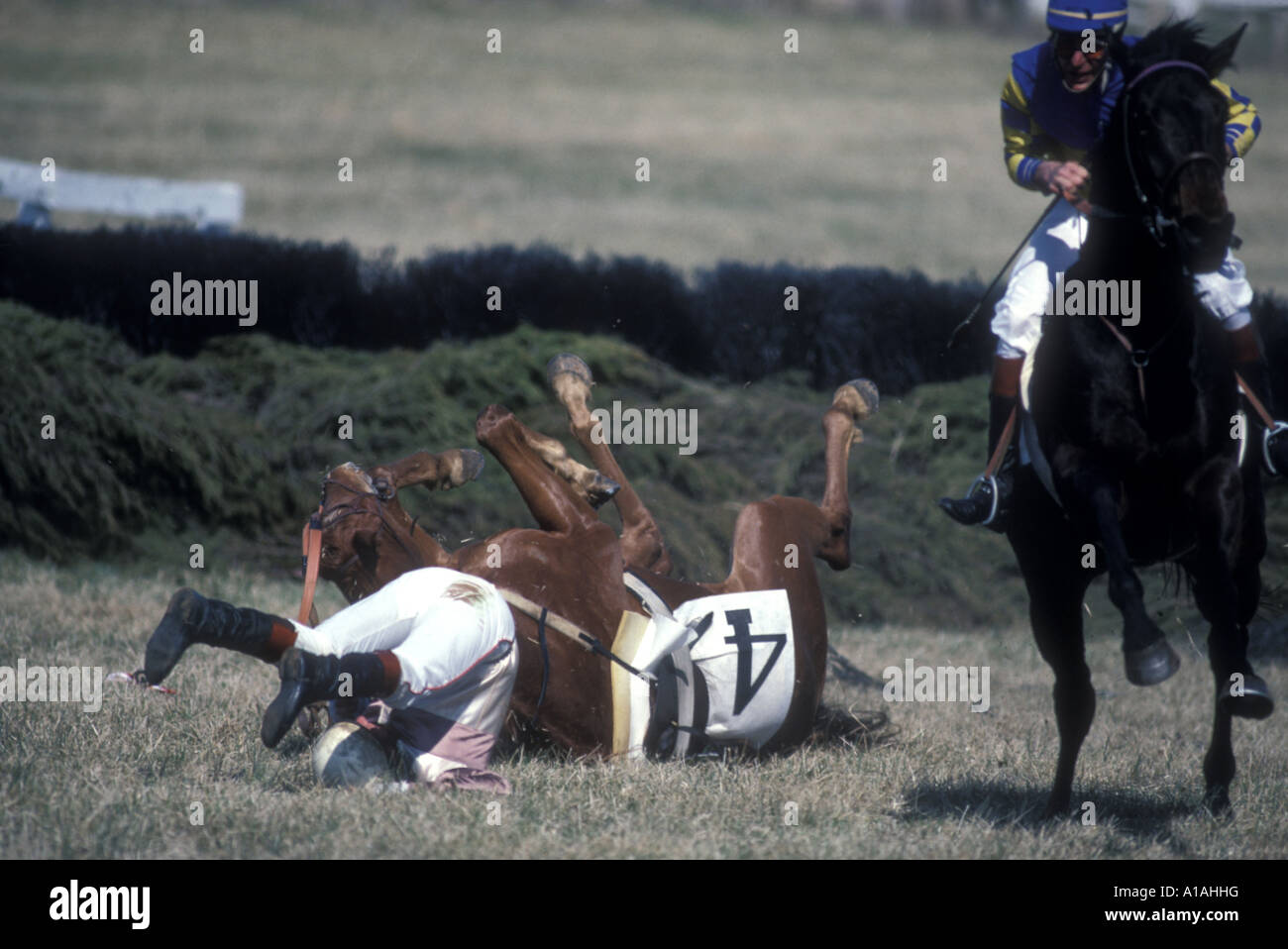Preventing and Managing Falls: Men’s Steeplechase Fall

Steeplechase, with its challenging obstacles and high-speed running, presents a significant risk of falls. These falls can lead to various injuries, ranging from minor abrasions to severe fractures. Athletes, coaches, and medical professionals must work together to minimize the risk of falls and effectively manage their consequences.
Training Techniques and Strategies, Men’s steeplechase fall
Proper training techniques and strategies are crucial in preventing falls. Athletes can significantly reduce their risk of falling by focusing on core strength, balance, and agility.
- Core Strength: A strong core provides stability and control during the race. Exercises like planks, crunches, and Russian twists help strengthen the abdominal muscles, back muscles, and obliques, which are essential for maintaining balance and preventing falls.
- Balance Training: Regular balance exercises improve coordination and proprioception, the body’s ability to sense its position in space. Examples include single-leg squats, standing on one leg with eyes closed, and using a balance board.
- Agility Drills: Agility drills enhance quickness and responsiveness, allowing athletes to react swiftly to unexpected situations on the track. These drills can include ladder drills, cone drills, and shuttle runs.
The Role of Protective Gear
While proper training is essential, protective gear can mitigate the severity of injuries in the event of a fall.
- Helmets: Helmets are vital for protecting the head and preventing serious head injuries, especially during falls over the water jump.
- Knee Pads: Knee pads can cushion the impact on the knees, reducing the risk of abrasions and ligament injuries.
- Elbow Pads: Elbow pads provide protection for the elbows, which are vulnerable to impact during falls.
Recovery and Return to Competition
When a fall occurs, prompt medical attention is crucial. Coaches and medical professionals play vital roles in guiding athletes through the recovery process and ensuring a safe return to competition.
- Immediate Care: After a fall, medical professionals assess the extent of the injury and provide immediate care, such as first aid, immobilization, and pain management.
- Rehabilitation: A tailored rehabilitation program helps athletes regain strength, flexibility, and range of motion. Physical therapy, including exercises and modalities like massage and ultrasound, is often incorporated.
- Gradual Return to Training: Athletes should gradually increase their training intensity and duration, ensuring they are fully recovered before returning to competition. This gradual approach minimizes the risk of re-injury.
Men’s steeplechase falls are a common sight in the sport, with the water jump being a particular danger zone. While the event itself is thrilling, it’s important to remember the inherent risk involved. A prime example is the girma steeplechase fall , which highlighted the importance of safety precautions and the need for athletes to maintain focus and agility.
Ultimately, men’s steeplechase is a demanding race that requires both physical prowess and mental resilience.
The men’s steeplechase is a thrilling event, with its high hurdles and water jump demanding incredible athleticism and focus. One can’t help but draw parallels to the dedication and grit of basketball legend carmelo anthony , who dominated the court with his scoring prowess and unwavering determination.
Just like a steeplechase runner navigating the obstacles, Anthony faced his own challenges on the court, always rising to the occasion and leaving his mark on the game.